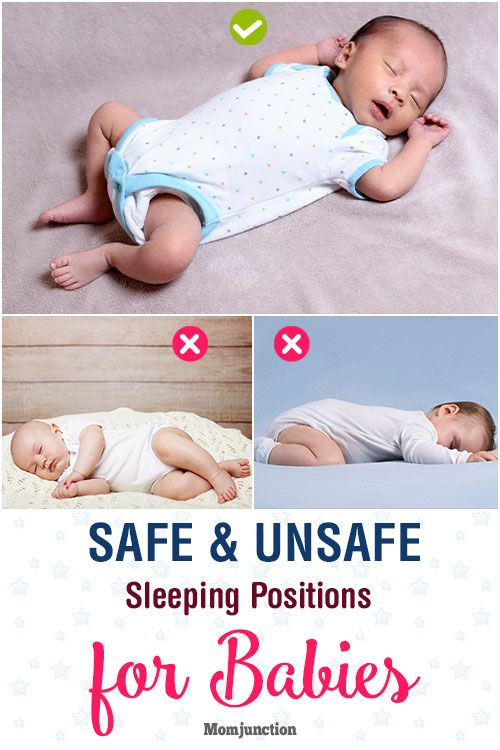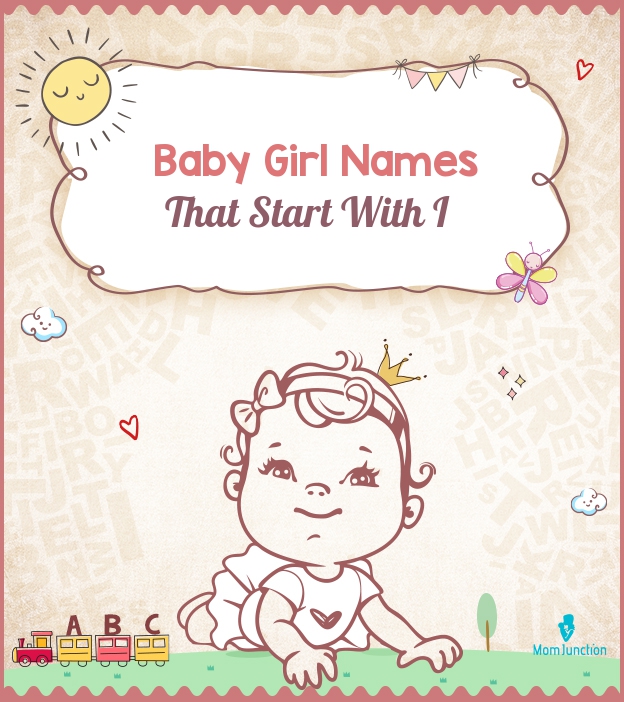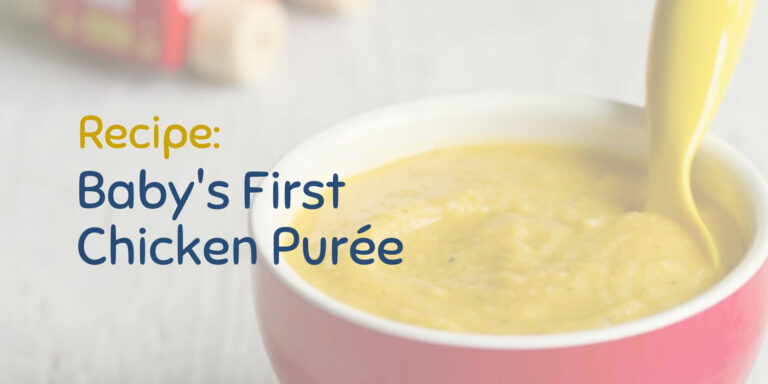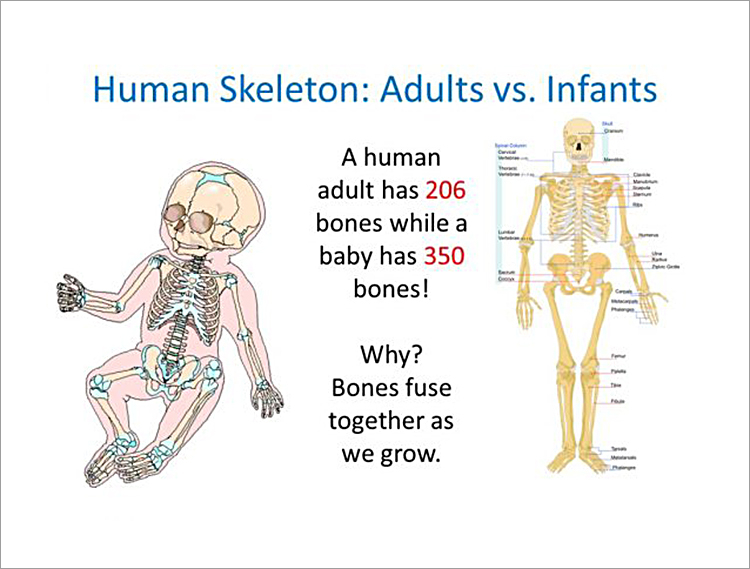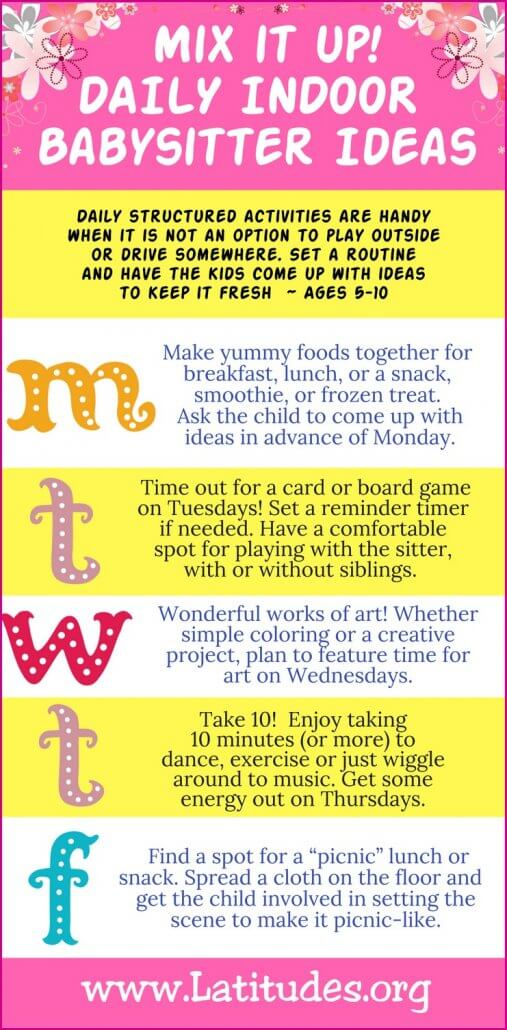Baby Sleeping Positions And What They Mean
Are you curious about the various positions your baby sleeps in and what they might indicate? Understanding your baby’s sleeping positions can provide valuable insights into their comfort, health, and overall well-being. In this article, we’ll explore different baby sleeping positions and what they mean, helping you decipher the messages your little one is sending through their sleep posture.
Knowledge
When your baby sleeps, they may adopt different positions based on their comfort level, age, and individual preferences. Here are some common baby sleeping positions and their potential meanings:
The fetal position is when your baby curls up with their knees drawn towards their chest. This position is often associated with a sense of security and comfort, mimicking the position they were in while in the womb. Babies who sleep in the fetal position may feel safe and protected.
In the starfish position, your baby sleeps on their back with their arms and legs spread out. This position allows for maximum airflow and can help prevent overheating. Babies who sleep in the starfish position may be enjoying a sense of freedom and relaxation.
In the log position, your baby sleeps on their side with their arms and legs straight. This position can indicate that your baby is feeling relaxed and content. It’s important to ensure that your baby is positioned safely on their side to prevent rolling onto their stomach.
Some babies prefer to sleep on their stomach, known as the tummy position. While this position can be comforting for some babies, it’s important to follow safe sleep guidelines to reduce the risk of sudden infant death syndrome (SIDS). Babies who sleep on their stomach may be seeking a sense of security and closeness.
In the plank position, your baby sleeps on their stomach with their arms and legs extended. This position can indicate that your baby is trying to cool down or seeking relief from gas or digestive discomfort. It’s essential to monitor your baby’s temperature and comfort level when they sleep in the plank position.
When your baby sleeps in a curled-up position, they may be experiencing discomfort or trying to soothe themselves. This position can also indicate that your baby is feeling cold and is trying to conserve heat. Providing a warm and cozy sleep environment can help your baby feel more comfortable in this position.
Conclusion
Understanding your baby’s sleeping positions can offer valuable insights into their well-being and comfort. By observing your baby’s sleep posture, you can better respond to their needs and ensure they have a peaceful and restful sleep. Remember to follow safe sleep guidelines and create a comfortable sleep environment to support your baby’s sleep habits.
In conclusion, decoding your baby’s sleeping positions can help you better understand their needs and preferences. By paying attention to their sleep posture, you can provide the necessary support and care to ensure they have a restful and rejuvenating sleep experience. Keep in mind that every baby is unique, so it’s essential to tailor your approach to your baby’s individual preferences and comfort levels.
